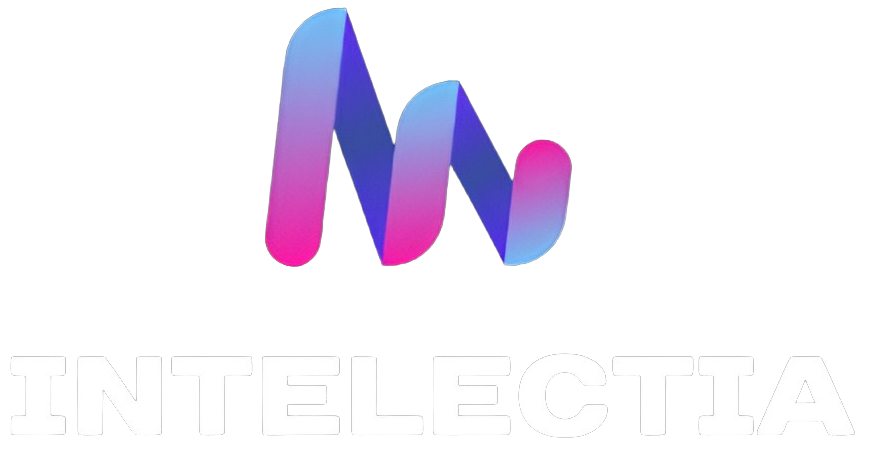The health sector is increasingly embracing digital transformation to improve efficiency, accuracy, and patient care. One of the technologies at the forefront of this shift is Optical Character Recognition (OCR), particularly in the area of text recognition. OCR text recognition technology is crucial for converting paper-based documents into digital formats, allowing healthcare providers to manage and access data more efficiently. This article will explore what OCR text recognition is, how it works, its application in the health sector, and its future prospects.
What is OCR Text Recognition?
OCR Text Recognition is a technology that converts images of text—whether from scanned documents, PDFs, or photos—into machine-encoded text that can be edited, searched, and stored digitally. This technology is foundational for document digitization efforts, particularly in sectors that rely heavily on paper documentation, like healthcare.
OCR technology works by analyzing the shapes of characters in an image and comparing them to a database of known characters, effectively translating the visual information into digital text. This text recognition technology is vital for automating the extraction of data from documents, making it a key component of modern data management systems.
In the context of healthcare, OCR plays a pivotal role in converting various forms of patient data—from handwritten notes to printed records—into editable and searchable digital content. This capability is essential for creating Electronic Health Records (EHRs), which allow for easier access, sharing, and management of patient information across different healthcare providers and systems.
How Does OCR Text Recognition Work?
The process of OCR text recognition involves several steps, each crucial for accurately converting images into text. The first step is image preprocessing, where the OCR software prepares the document for recognition. This step often involves correcting image distortions, adjusting contrast, and removing noise, which can significantly improve the accuracy of the text extraction.
Next, the OCR software analyzes the image to identify the areas that contain text. This process, known as text segmentation, separates the text from the background and other non-text elements in the image. Once the text has been isolated, the software moves on to the core of OCR: text recognition.
During the recognition phase, the software examines each character in the image, comparing it against a set of known characters stored in its database. This comparison is how OCR “reads” the text. Machine learning in OCR has significantly enhanced this process by allowing the software to learn from each recognition task, improving its accuracy over time. For instance, if the software frequently encounters a specific style of handwriting or font, it can become better at recognizing those characters in future documents.
Finally, the recognized text undergoes post-processing, where the software corrects any errors and formats the text according to predefined rules. The result is a digital document that closely mirrors the original in terms of content and structure but is now editable and searchable.
AI and OCR evolution have further refined this process, integrating artificial intelligence to handle more complex text recognition tasks. AI-driven OCR can recognize not just printed text but also handwritten notes and documents with varying layouts, making it an indispensable tool in the health sector, where diverse document types are common.
OCR Text Recognition and the Health Sector
OCR applications in healthcare are vast and varied, making this technology a cornerstone of modern healthcare management. One of the primary uses of OCR in the health sector is the digitization of patient records. Traditionally, patient records have been maintained in paper form, which is cumbersome to manage, prone to errors, and difficult to share. By converting these records into digital formats, OCR ensures that healthcare providers can quickly access and share patient information, improving both the speed and quality of care.
Another significant application of OCR in healthcare is in automated text extraction for billing and insurance claims processing. Medical billing is a complex process involving numerous forms and documents. OCR simplifies this process by automatically extracting the necessary information from paper-based documents, reducing the time required for manual data entry and minimizing the risk of errors. This automation not only improves efficiency but also accelerates the reimbursement process, which is crucial for the financial health of healthcare providers.
Patient data extraction is another critical area where OCR text recognition is making a difference. Healthcare professionals often need to extract specific data points from extensive medical records, whether for diagnosis, treatment planning, or research. OCR technology automates this extraction process, allowing healthcare providers to focus more on patient care rather than administrative tasks. This capability is particularly valuable in environments where quick access to accurate information can significantly impact patient outcomes.
Moreover, OCR plays a vital role in healthcare automation. By digitizing and automating the management of medical documents, OCR technology reduces the administrative burden on healthcare staff, allowing them to concentrate on patient care. For example, in hospitals, OCR can be used to streamline the admission process by automatically extracting patient information from forms and updating the hospital’s information systems in real-time.
The Future of OCR Text Recognition in the Health Sector
The future of OCR text recognition in the health sector is bright, with ongoing advancements poised to make the technology even more integral to healthcare operations. AI-driven improvements in OCR are expected to significantly enhance the accuracy and efficiency of text recognition, particularly in handling complex documents with diverse layouts and content types.
One of the key trends shaping the future of OCR in healthcare is the integration of OCR with other emerging technologies, such as natural language processing (NLP) and machine learning. These technologies will allow OCR systems to understand and interpret the context of the text they are recognizing, leading to even more accurate and meaningful data extraction. For instance, an OCR system equipped with NLP could not only recognize medical terms but also understand their relevance within a specific medical document, thereby providing more useful data to healthcare providers.
Advancements in OCR technology are also expected to address some of the current limitations of the technology, such as difficulties in recognizing poor handwriting or text in complex layouts. Future OCR systems, powered by AI and machine learning, will be more adaptable and capable of learning from a wider variety of document types and formats, making them even more useful in healthcare settings.
Another exciting development in the future of OCR is its potential to contribute to big data and analytics in healthcare. As OCR technology becomes more advanced, it will enable the digitization of vast amounts of healthcare data, which can then be analyzed to identify trends, improve treatment protocols, and enhance patient outcomes. For example, digitized medical records can be aggregated and analyzed to identify patterns in patient care, helping healthcare providers make more informed decisions.
Moreover, the evolving role of OCR in healthcare will likely involve greater integration with Electronic Health Records (EHR) systems, making it easier to update and maintain accurate patient records. As EHR systems become more sophisticated, OCR will play a crucial role in ensuring that all relevant data is captured and integrated into these systems, improving the overall quality of care.
In addition to technological advancements, the future of OCR in healthcare will also be shaped by regulatory and ethical considerations. Ensuring the security of sensitive patient data during the OCR process will continue to be a priority, especially as the technology becomes more widespread. Healthcare providers will need to adopt robust security measures to protect digitized data, including encryption, secure access controls, and regular audits to ensure compliance with data protection regulations.
Do you want to implement a document analysis system based on Artificial Intelligence?
At Intelectia we can offer you the security of having an OCR system so that your company can improve its quality of work.
On the other hand, we also offer Intelligent Voice Processing services for all types of companies.
Do not hesitate to contact us, or book a meeting and we will help you in everything that is in our hands.

